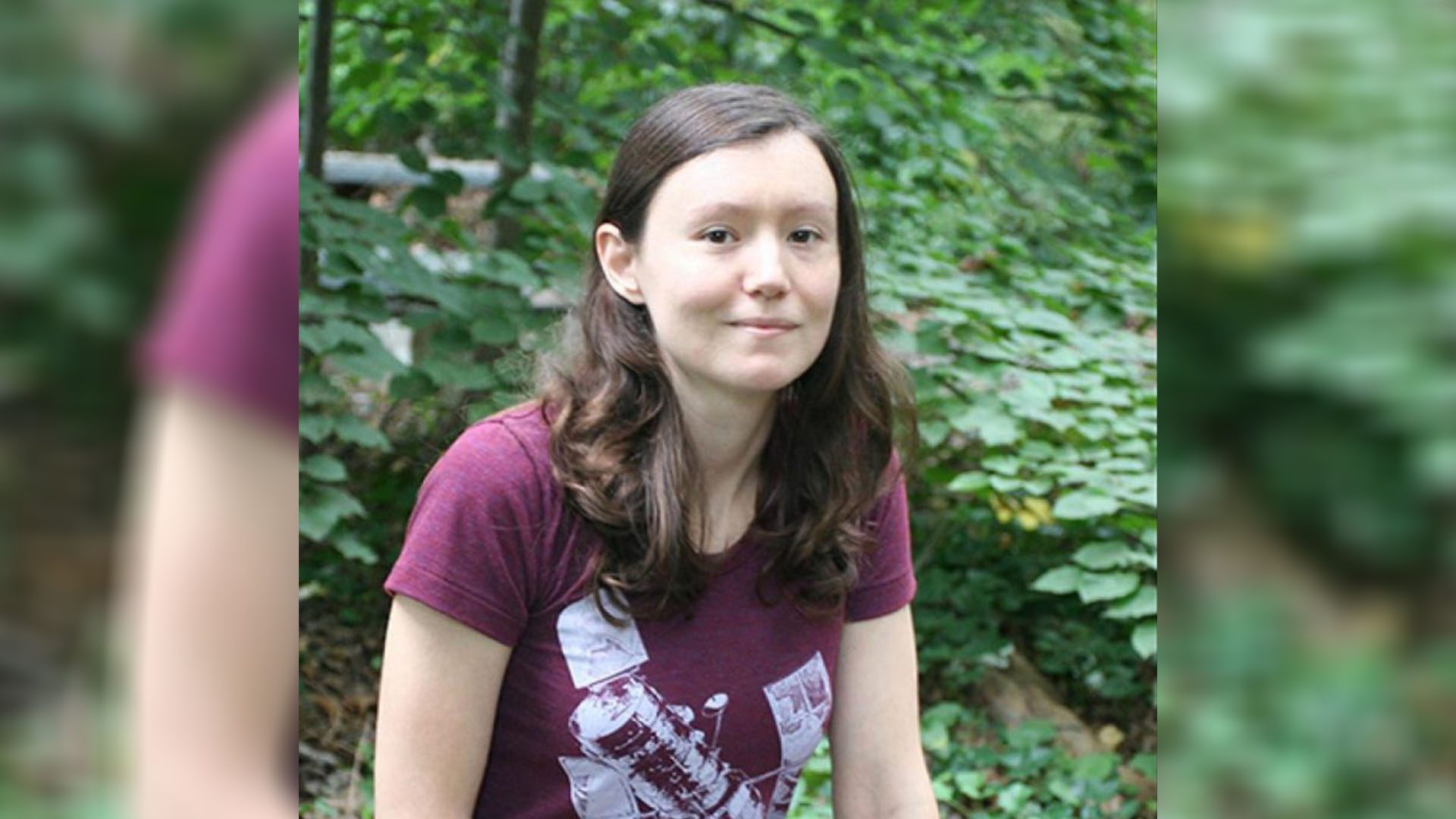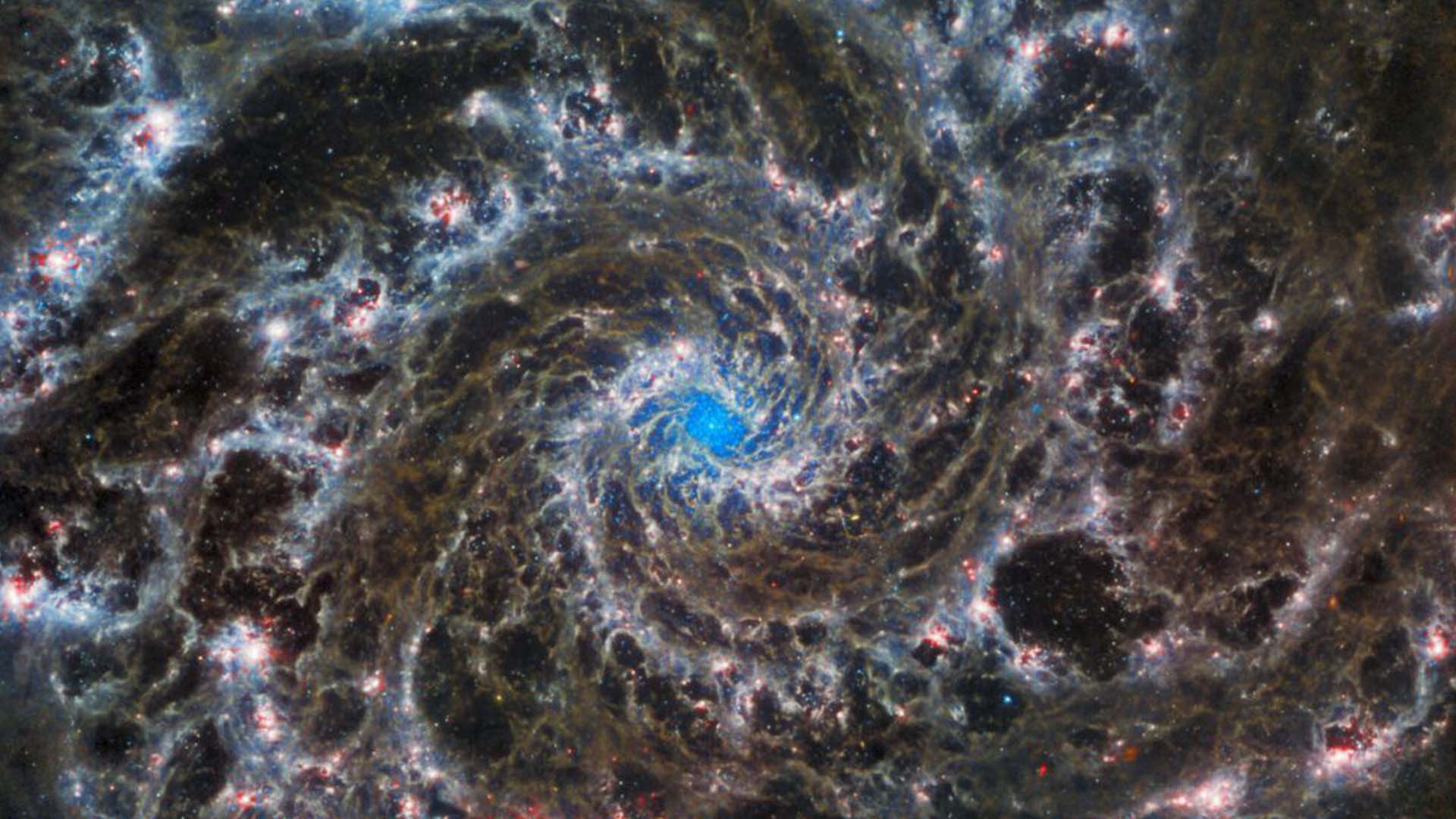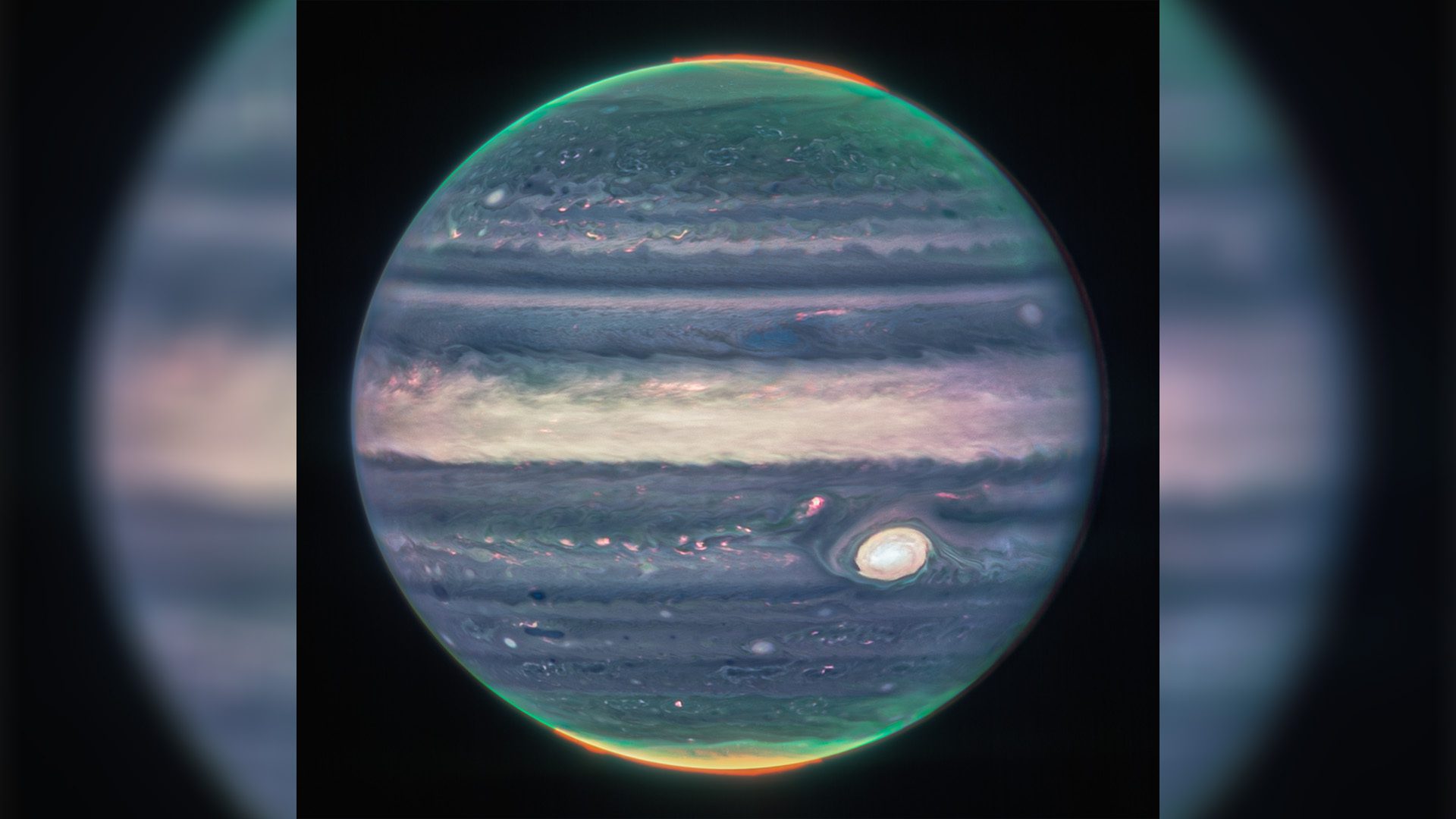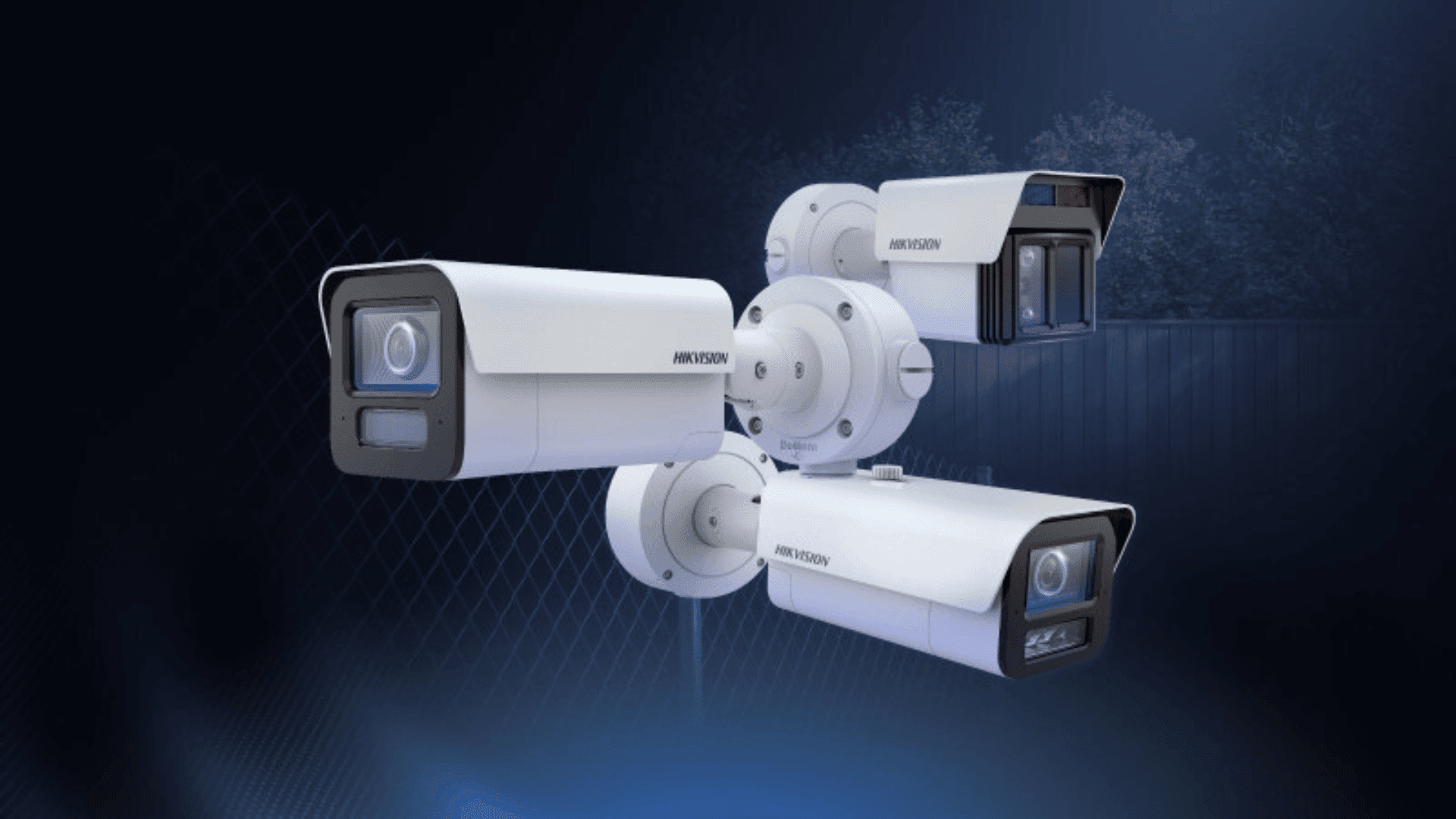As NASA’s James Webb Space Telescope continues to capture and release out-of-this-world images of space, artist, graphic designer, and citizen-scientist Judy Schmidt uses her artistic background to translate the raw data into stunning images.

Each image processed by the James Webb Telescope and its predecessor, the Hubble Space Telescope, represents a translation of raw data from the telescope based on different observations, many of which requires light that is not visible to the human eye. NASA and its partners employ visual developers dedicated to the task of developing these images, but (as the data is publicly available from the Barbara A Mikulski Archive for Space Telescopes) amateurs have also attempted processing the images. One such amateur, Judy Schmidt of Modesto, California, has helped create some of the official Webb images released by the space agency.
Though lacking a formal degree in astronomy, Schmidt has been conducting astronomical image processing using NASA data for roughly a decade. She began by winning third place at a “Hubble’s Hidden Treasures” contest ten years ago, which tasked participants to create images using unprocessed Hubble data.

What began as a simple contest developed into a true passion for Schmidt, who was profiled by NASA for her work in 2018. “Something about it just stuck with me, and I can’t stop,” Schmidt said in a statement. “I try to get it to look natural, even if it’s not anything close to what your eye can see.”
Since the Webb images were released, Schmidt has created a new album on her Flickr account dedicated to her work with the telescope’s raw data. Two of Schmidt’s images have been subsequently adopted by NASA as it slowly begins to release more official images from Webb. For example, Schmidt inspired Webb’s new view of the Phantom Galaxy, a spiral galaxy roughly 32 million light-years away from Earth in the constellation Pisces. Webb explains color mapping credit on Twitter, stating, “When I am in an ESA acknowledgment, it means they used the same or similar color mapping that I did, or were inspired by my work in their own processing.”

Schmidt also processed a dramatic view of Jupiter based on infrared imagery, which is a challenge because Jupiter is particularly close to the telescope. Its proximity to Webb means that it rotates quickly, making it difficult to combine multiple observations into a single shot. In regard to the significance of this shot, Thierry Fouchet, of the Paris Observatory, who co-led Webb’s observations of the planet, said in a statement, “This one image sums up the science of our Jupiter system program, which studies the dynamics and chemistry of Jupiter itself, its rings, and its satellite system.
Nope, I don't know what this is. Some kind of spiral nebula around WR140. I'm sure we'll find out more later.
h/t to @yuvharpaz & @JWSTPhotoBot pic.twitter.com/ukenoIXrnj
— Judy Schmidt (@SpaceGeck) August 29, 2022
The data of an unreleased image of W140, a binary pair of stars roughly 5,600 light-years away in the constellation Cygnus, was also processed by Schmidt. The images from Webb allowed scientists to observe a series of odd concentric rings, a phenomenon that appears to be caused by the two stars intersecting every eight years. Schmidt has also made public her standard image editing process, allowing this intersection between art and science to be accessible to other amateur astronomers.
For more space news, check out James Webb’s incredible images of Neptune, a new proposal for an extremely powerful nuclear reactor in space, the newly discovered planet that could be suitable for life, and Hilton’s plan to build a space hotel.







